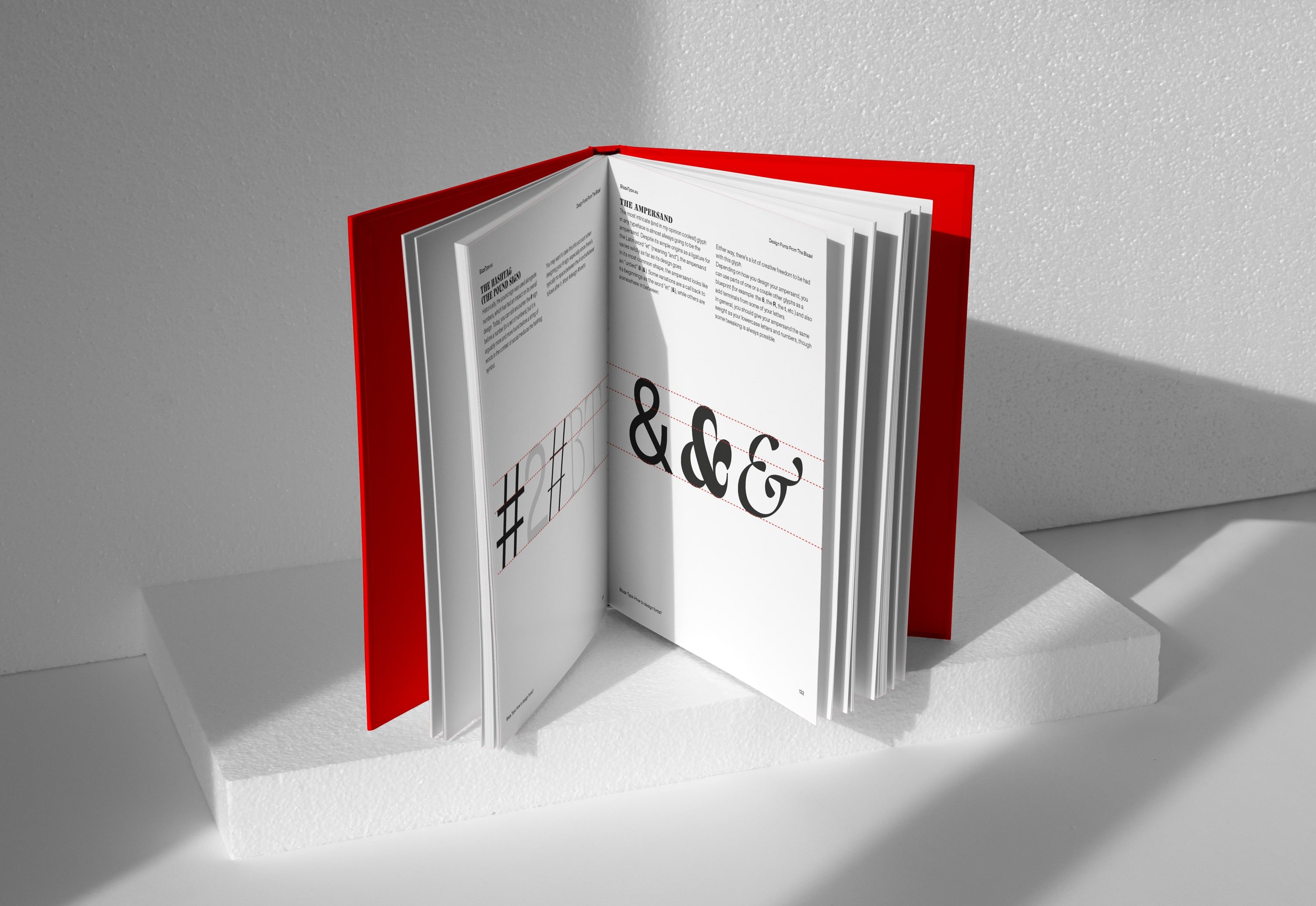
By Sebastien Hayez. Published May 01, 2023
Blaze Type : How to Design Fonts?
Today we dive in Blaze Type latest book release: How to design fonts?
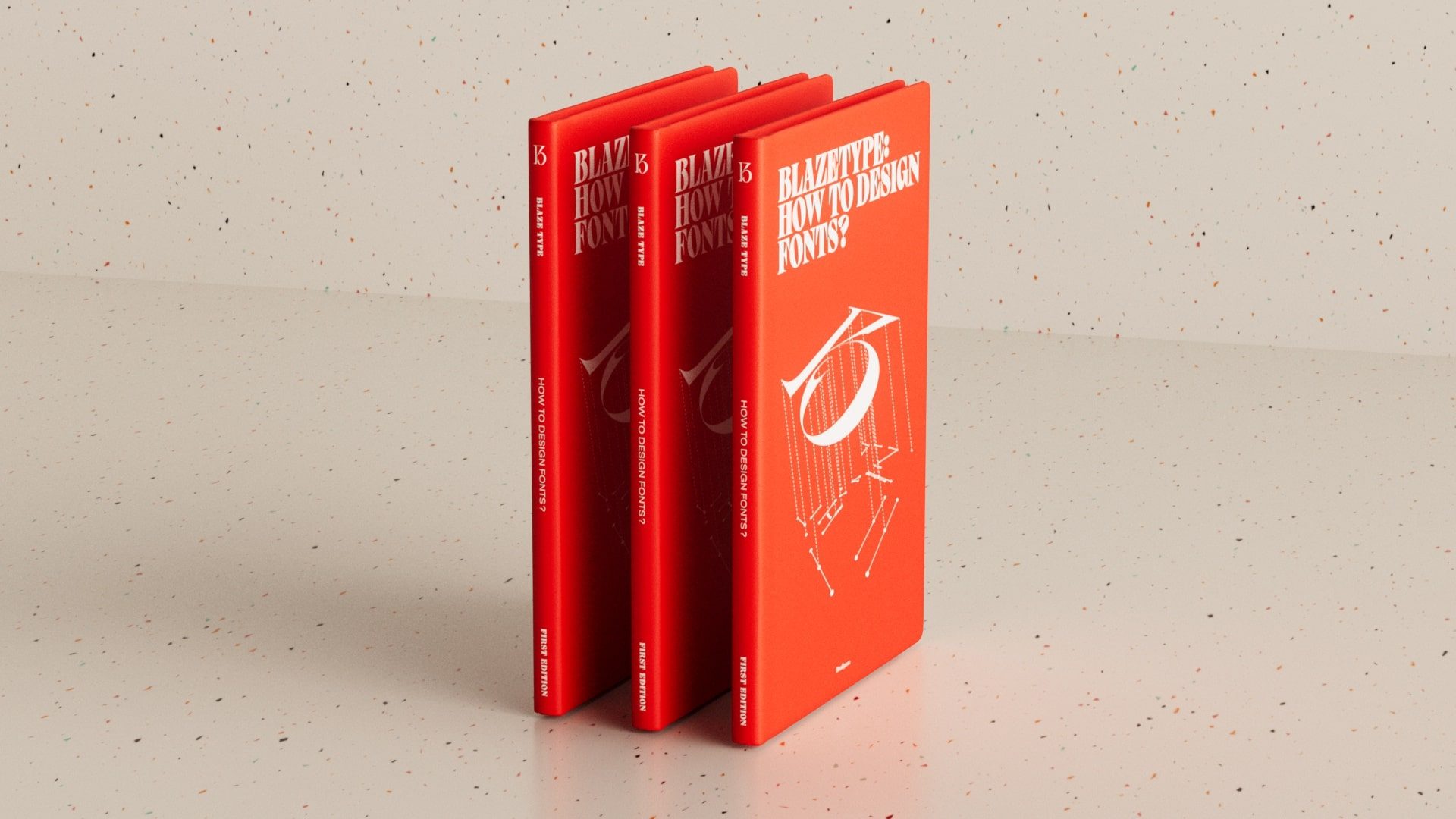
To design a typeface, there are relatively few approaches. The dilettante can learn by himself, but will quickly find himself drowning in a sum of information dealing with the history of writing and the different writing systems, as well as the specificity of typographic design and the methods and techniques related to the digital tools, software or standards, used today.
The student or professional who cannot afford a course dedicated to typographic design has only a few online resources and barely a handful of books available for independent learning. The few textbooks that do exist often approach type design from the perspective of an exhaustive knowledge, and the printed page is often a relay of the knowledge already provided by a teacher. The learner could feel overwhelmed by the injunctions and the creative pleasure would quickly fall to the bottom when this method is applied independently.
From a professional and academic knowledge, the digital part is generally reduced to oblivion when it is not directly the software manual published by the manufacturer. From this binary dichotomy, Blaze Type has approached things with pragmatism and nuance. The beginner type designer, whether he is a young student or an experienced graphic designer, needs to be guided by a method that allows him to approach the creation of an alphabet through a succession of clear choices corresponding to decisive steps of progressive difficulty.

Of course, a Guide is a scout capable of showing the way. It can never replace a teacher. Blaze Type thus proposes to reduce the method to the creation of a Latin typeface of two types: one linear and one serif, without going into the subtleties of the differences in styles (italics, as well as script typography). Of course, the terminology, the anatomy of the Latin alphabet and its morphological specificities are dealt with, as well as the questions of side bearing, optical corrections or kerning. In this respect, Blaze Type's book remains in the footsteps of existing textbooks: the foundations need to be solid before approaching things with originality and relevance. However, the relevance is also to approach the drawing under its vector angle by showing the good points of the method, without falling into the exhaustiveness of the available software manuals. The discreet, but numerous tips give keyboard shortcuts allowing a real gain in productivity with one click.
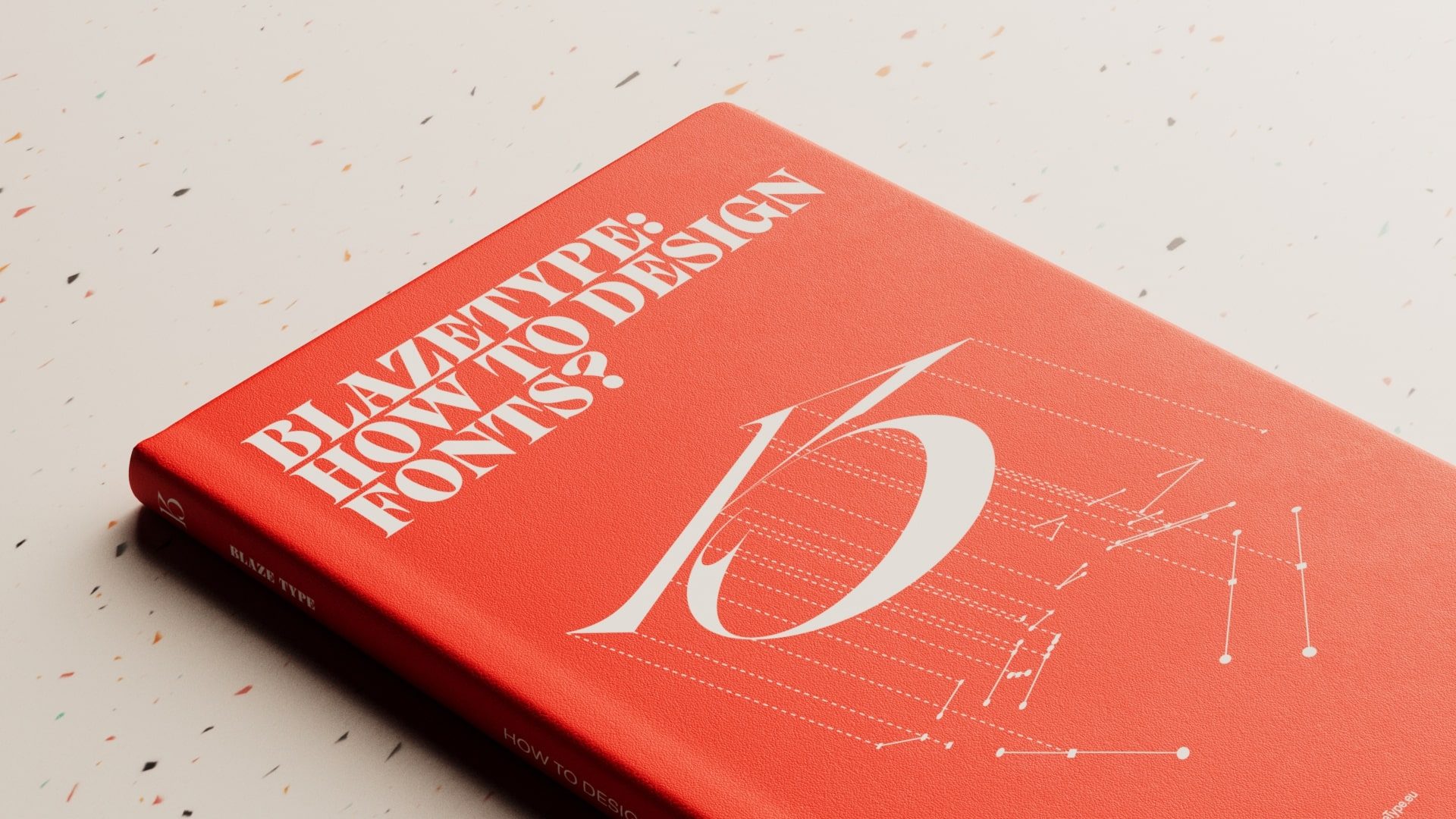
The real body of the guide remains its approach to design based on a logical sequence of glyphs to be drawn gradually. Indeed, a typography, as Matthew Carter said, is not a succession of beautiful letters, but a beautiful succession of letters. The harmony of the whole takes precedence over the originality of each element. By approaching typographic creation from the angle of a series of glyphs, the guide allows the young designer to detach himself from the question of the whole and to advance step by step by asking himself questions of style gradually. Then comes the more global vision when the basics are anchored and the typographic culture is richer.
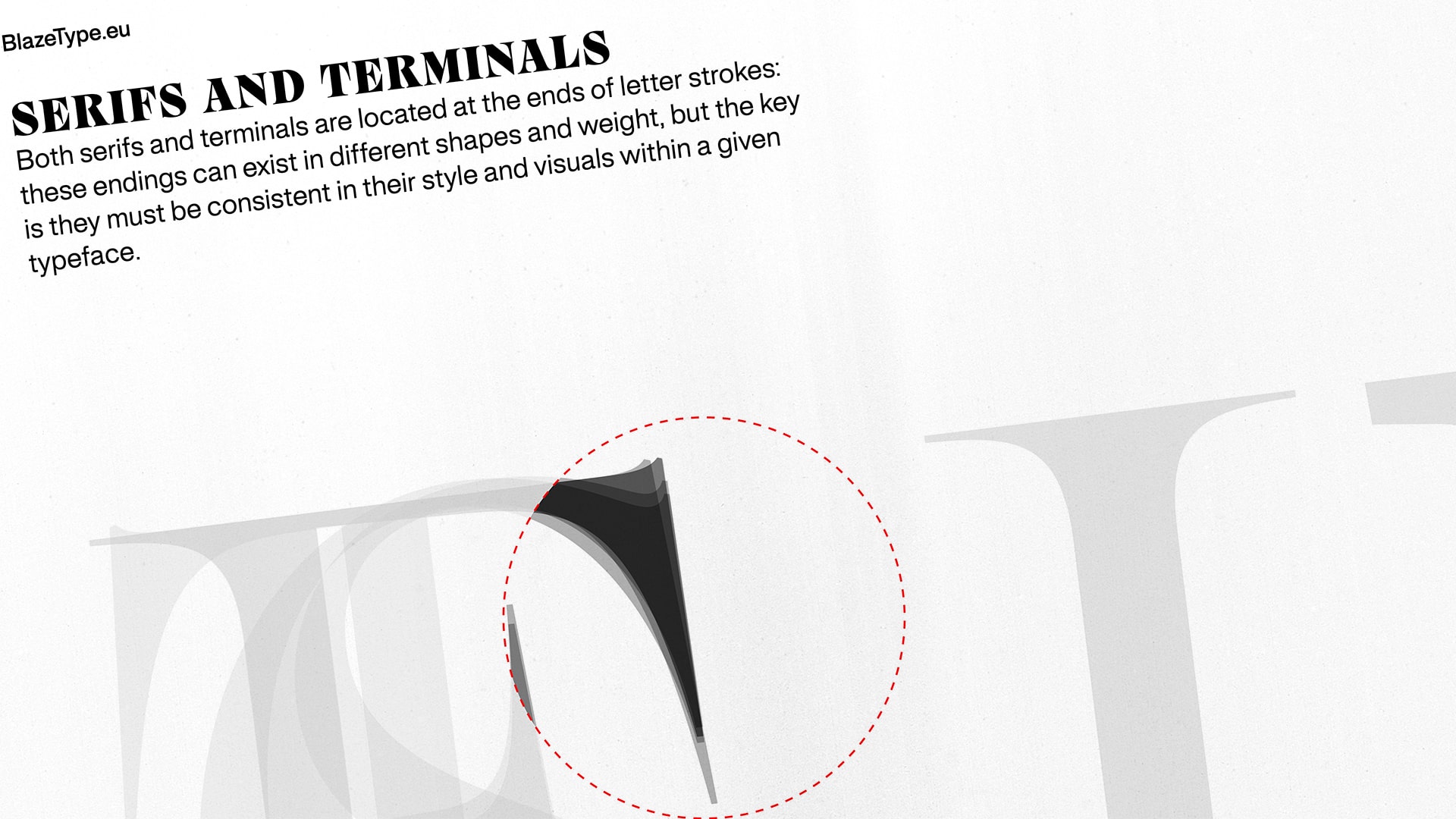
Thus, the design of the capital H already offers the choice of stems, horizontal bar and serifs. From this glyph will come the I, E, F, L, then T. The method is more structural than productive: for similar shapes, logic must guide the drawing, unless it is a creative choice. On the other hand, the flexibility offered by digital technology allows the same shapes to be used with precision and rigor. Why not?
From this formal logic, the question of the curves is posed then with the O, Q, C, G, then mixed glyphs: D, B, P, R, U, J and S. The diagonals are finally a more advanced understanding, so they are addressed at the end, with the A, V, W, Y, M, N, K, X and Z.
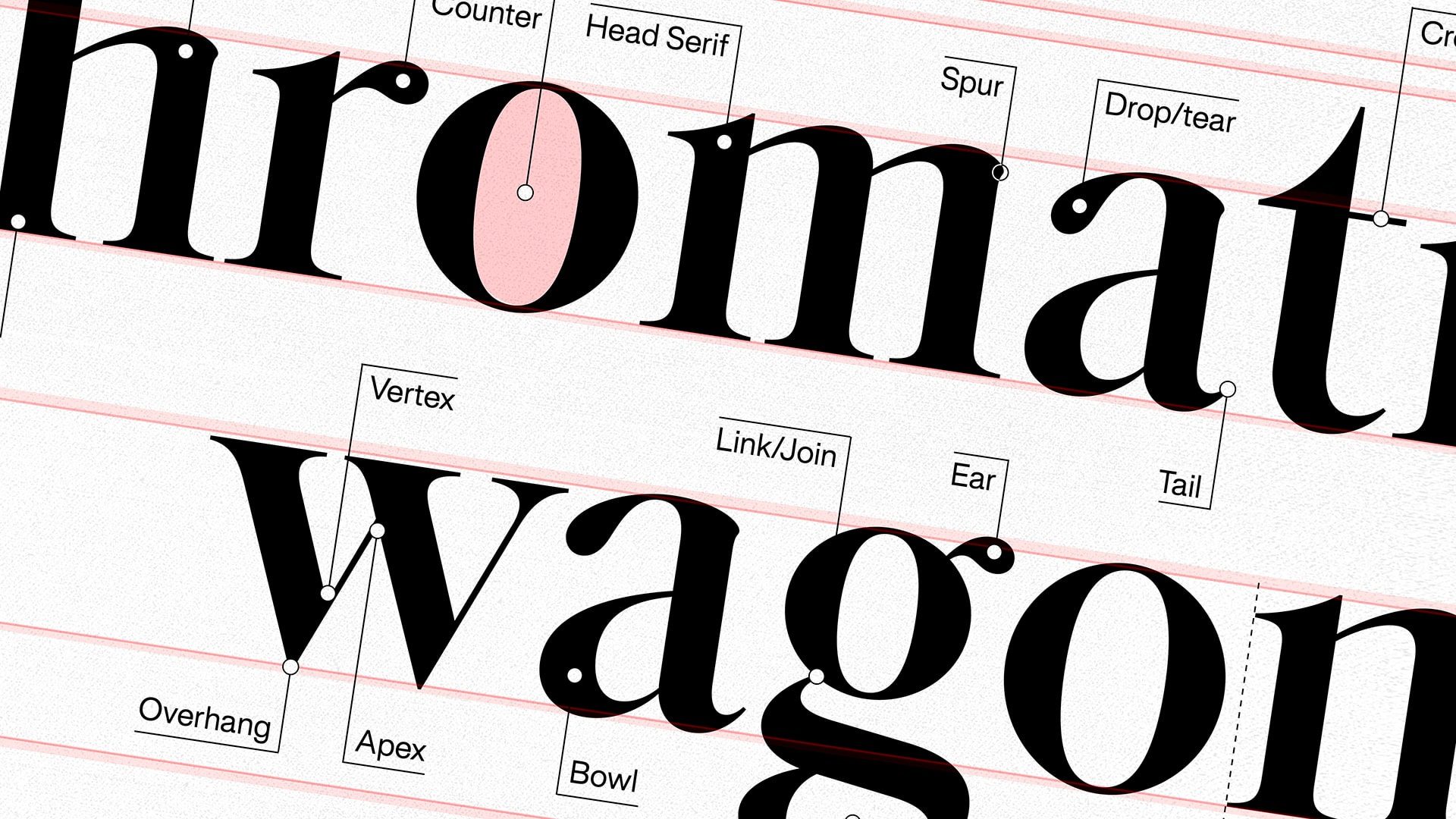
In the same way, the lower case is approached on the basis of the choices made previously for capitals. The frequent reference, and as much as necessary, to the corresponding glyphs allows us to underline the underlying formal choices and to establish the proximities or differences within the typography.
Numerals, diacritics and punctuation are then addressed in order to generate an extended Latin font capable of covering a wide range of languages, from titling to body text.
The last pages of the book offer basics related to the functions pertaining more to typographic engineering: design of stylistic sets, ligatures, variable font, export options, final proofing.
Finally, always in a broad and synthetic perspective, Matthieu Salvaggio gives us some advice on resources, the development of a creative brief, licensing issues, distribution and even foundry creation, from pricing to marketing.
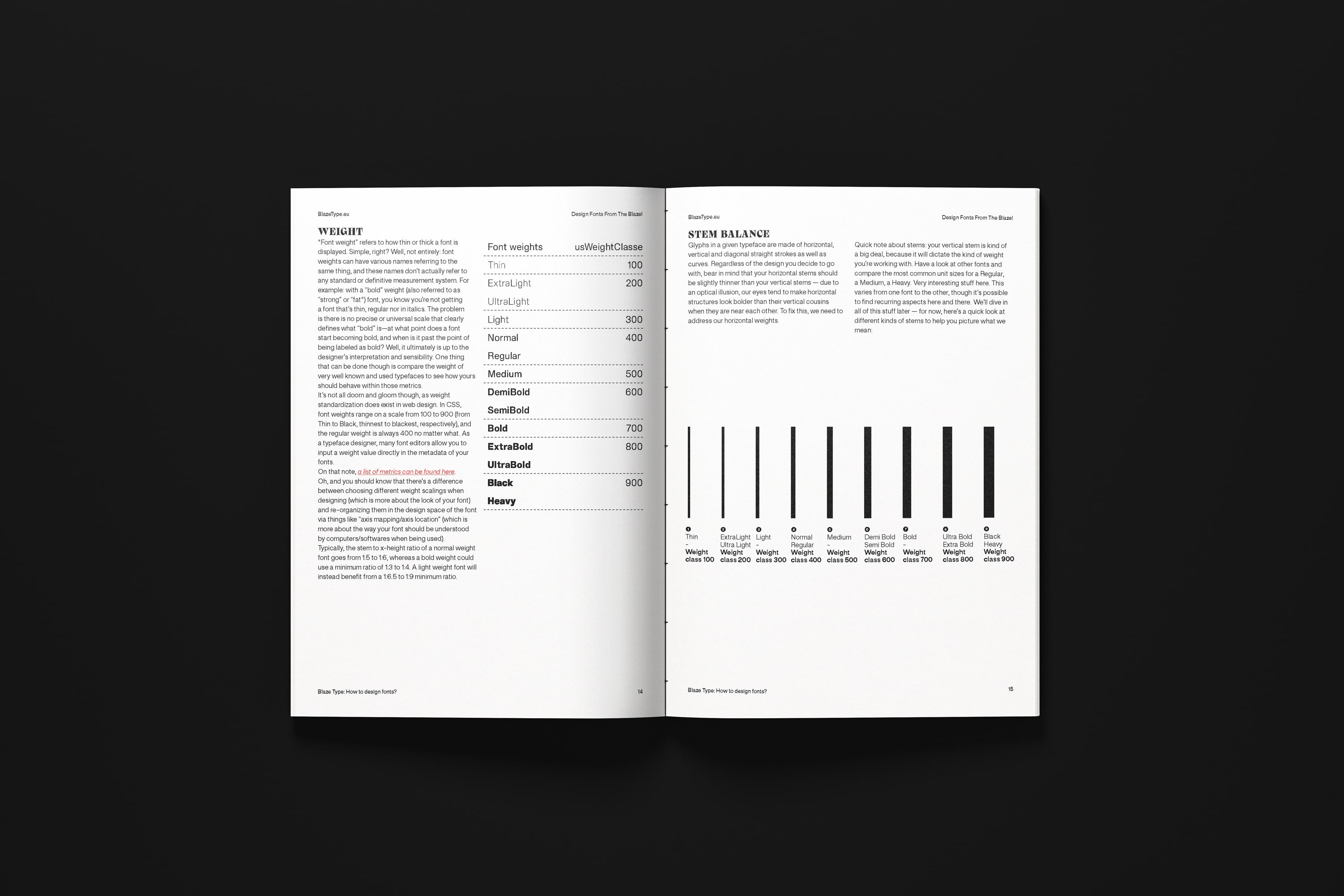
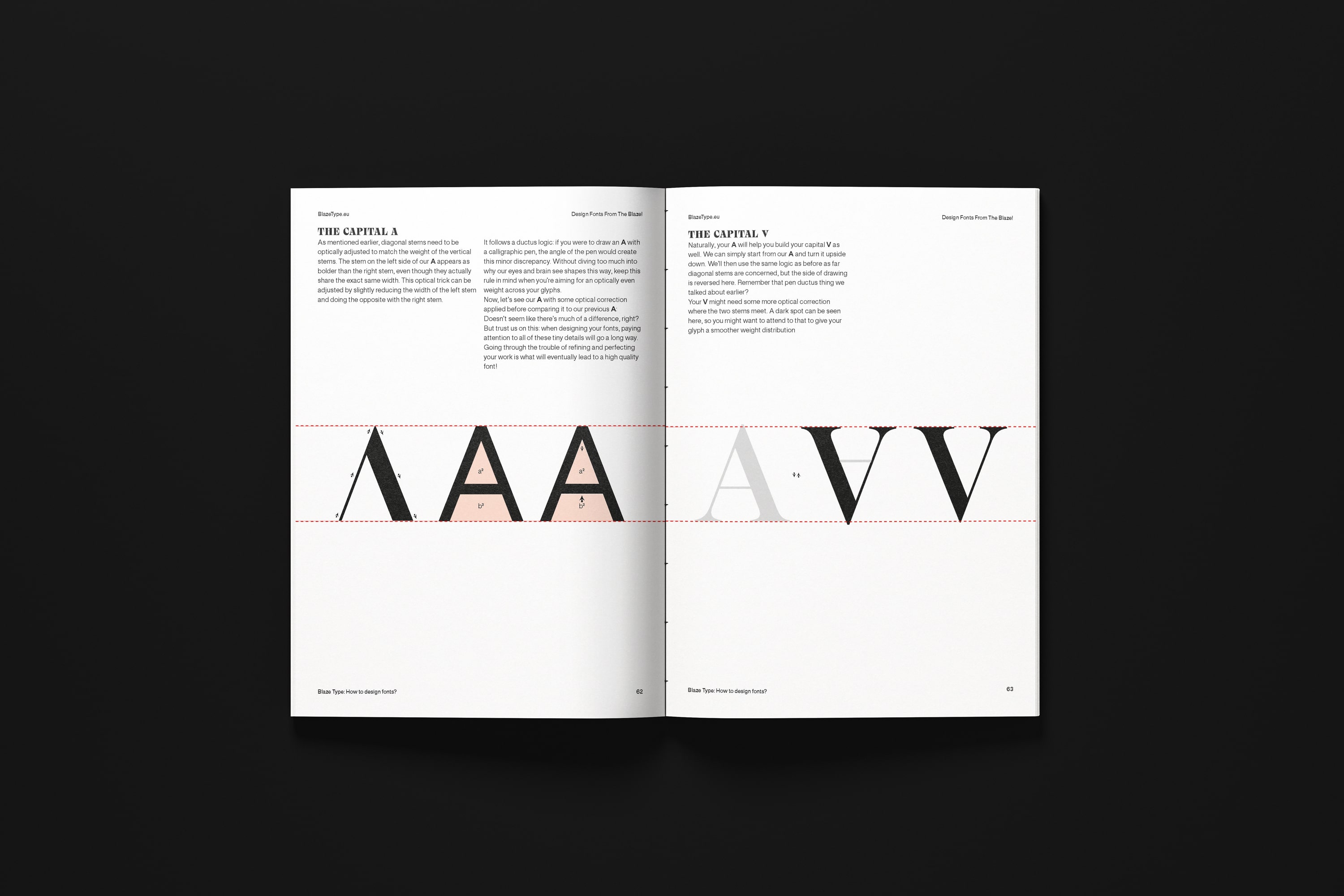
The book's tour de force is multiple, but follows the same logic: to start, it is better to have a synthetic vision of the whole, than to be exhaustive and lose in desire. Whether it is in terms of type design, understanding of the various typographic styles, or details related to each glyph, you will find other more complete works capable of completing the basics.
The almost exclusive use of a handful of typefaces in the examples also accustoms the eye to the harmony and detail of generic examples.
The writing shows a real economy conducive to a quick and efficient consultation. The illustrations occupy a large part of the page and are easy to understand for the novice, without having to rely too much on the text. In this respect, text and image are very complementary.
Note that the digital edition in PDF format, offered with the purchase of the paper edition, allows a consultation adapted to the screen, made fluid by an interactive summary accessible by a simple click on the folios or texts in the margin. No need to take the book with you when you travel if you store it in a cloud.
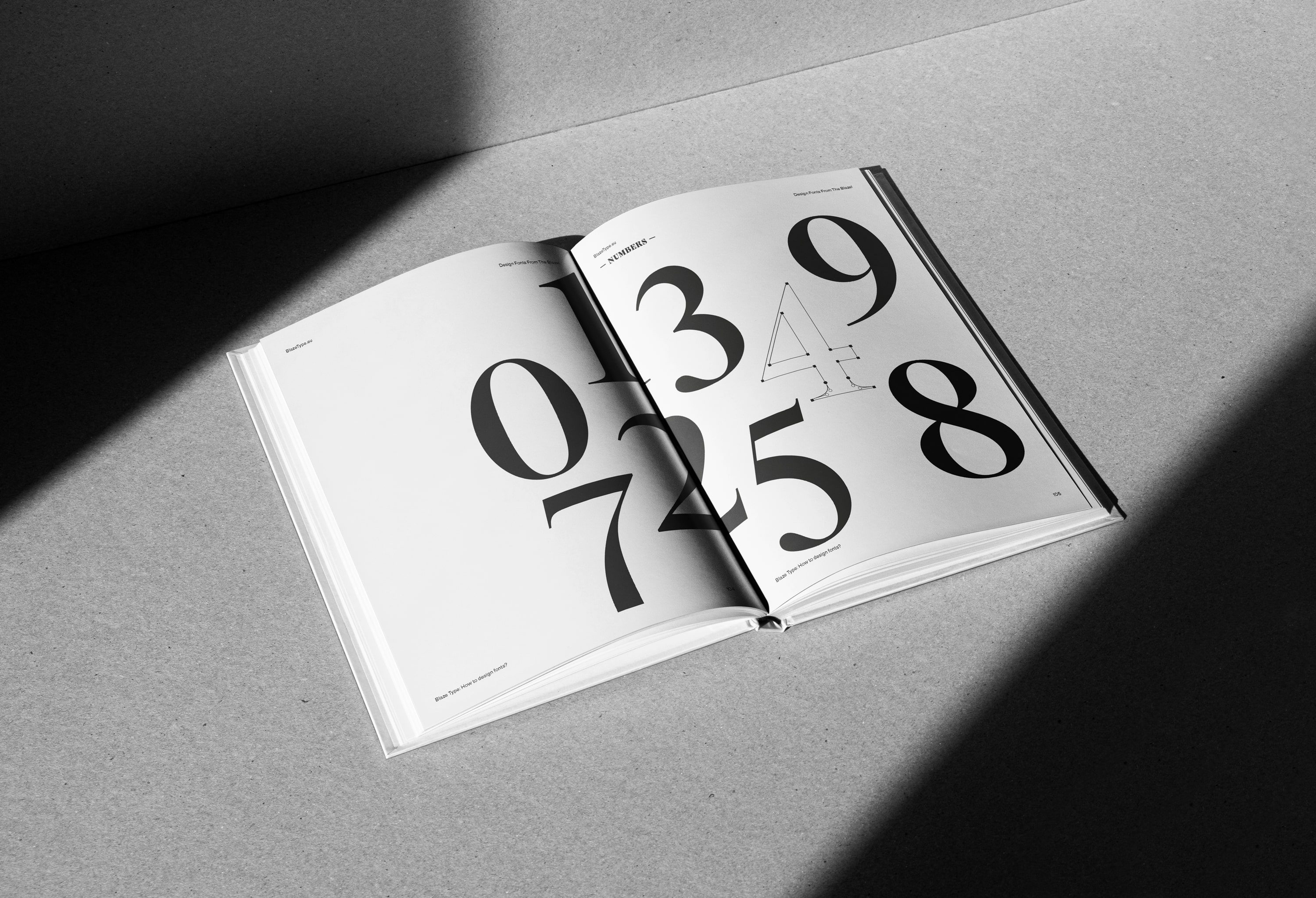
Learn more: learntypedesign.eu
Get a copy here
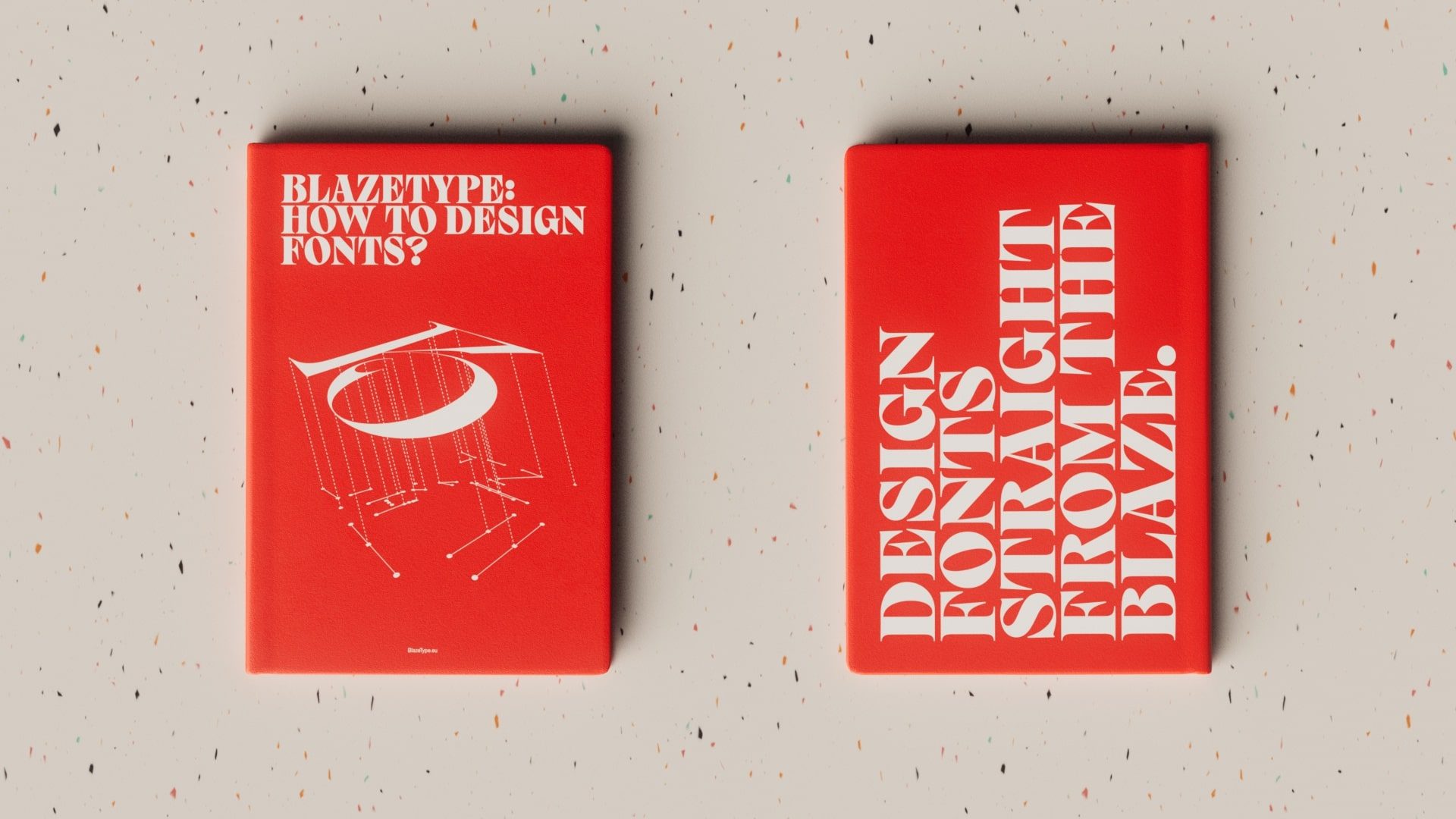
BlazeType: How to design fonts?
Pages: 166
Dimensions: A4 (210 x 297 mm)
Binding: paperback
Release: Version 1, 2023
Text: Matthieu Salvaggio, 2023
Book design: Léon Hugues, 2023
Translation: Frédéric Durand Degranges, 2023
Proof Reading: Dan Rhatigan
Language: English
ISBN: 9782958774004
Table of contents
- The Best Way to Learn
- Capital Letters
- Lowercase Letters
- Numbers
- Punctuation & symbols
- Accents & Diacritics
- Features & Miscellaneous
- Being a Typedesigner
- Colophon
